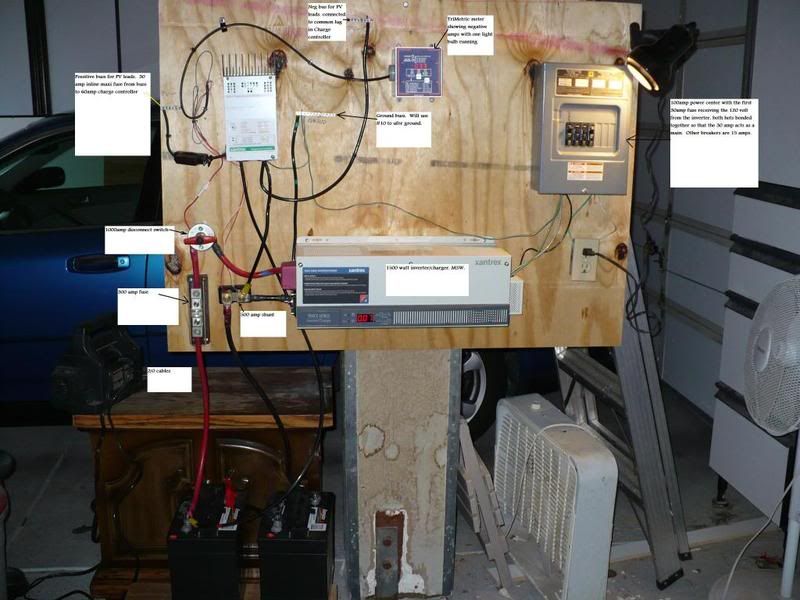Ideal float voltage is just high enough to prevent discharge.
Ideal float voltage changes with battery temperature, the higher the temperature, the lower the voltage required.
A battery which is not discharged the night before does not need to spend 2 hours in the mid 14s the next morning.
Batteries whose plates get exposed rarely provide adequate service after refilling..
Lower float voltage to 12.9 when you leave in summer, allow 14.5v absorption voltage for no more than 15 minutes when you are away.
A daily deeply cycled battery does not need the same voltage regimen as one which was not cycled.
Your charge controller seems to allow different settings. YOu have just not chosen them right when you leave.
Batteries self discharge more in hot weather. I would not recommend leaving them for 3 to 4 months in 80F average without a charging source.
Sams club 6v GC batteries are No trojan T-105, but way better than 99.98% of 12v flooded batteries in deep cycle duties.
AGM batteries are great and give great service, but only when their specific recharging demands are met. Their price does not make them immune from
chronic under or overcharging.
AGMS do not make great solar only batteries as they like higher amp recharging, upto 30% for lesser $$ AGMS and no less than 20% for high$$ AGMSlike
Lifeline, and Odyssey requiring 40% when deep cycled.
I'd recommend more Wet GC batteries and learn how to lower the voltage on your charge controller for when you leave and know how to bump it back upto
14.6 to .8 for 3 to 4 hours when you actually cycle the batteries daily. If it can accommodate a battery temperature sensor, all the better.
One battery guru I highly respect claims than no wet/flooded 4d or 8d battery has plates as thick as a T-105 GC-2 battery. That they are basically
starting batteries, marine/dual purpose at best. Nowhere near the construction of a true deep cycle battery.
http://www.pbase.com/mainecruising/deep_cycle_battery
Positive plate thickness defines a quality deep cycle battery, though Odyssey and Northstar AGMS tout their thin plate pure lead technology, and I
have to say my Northstar AGM is Effing impressive in deep cycle as well as engine starting duty, as long as it is charged truly fully after every
depletion( when amps taper to 0.5% of capacity at 14.4v), and recharged regularly at a very high rate.. 40 amps or more for a 90AH battery. Ignore
the trickle charger mentality with AGM batteries, and on flooded batteries deeply cycled daily.
If one PSOC's their battery, partial state of charge cycling, then the battery gets peeed off and sulfates. Flooded batteries get less peeed off than
AGM in PSOC usage.
AGM batteries need to be installed as a system. The charging currents need to be tailored to their petulance, and the petulance varies between AGM
brands.
I'd say that they need a high charge rate every 7 to 10 cycles when low and slow solaar only recharged.
Beware of blinking green lights on charge controllers. When A charge controller drops to float voltage, it does not mean the battery is fully
charged, it ONLY means that absorption voltage was held as long as it was programmed to do so.
Ideal Absorption voltage and duration at which it is held is moving target that wanders with temperature, depth of discharge, charge rate.
Those who use a hydrometer compensated for temperature will find their charge controller is a effing liar, that Absorption voltage, perhaps a higher
ABSV) needs to be held for much longer before specific gravity maxes out.
When a heavily cycled battery does not regularly have its specific gravity maxed out in the 1.275+ range, the battery is losing capacity faster than
if it were.
Lead Acid Batteries are murdered by ignorance of their requirements, 99% of the time. |










